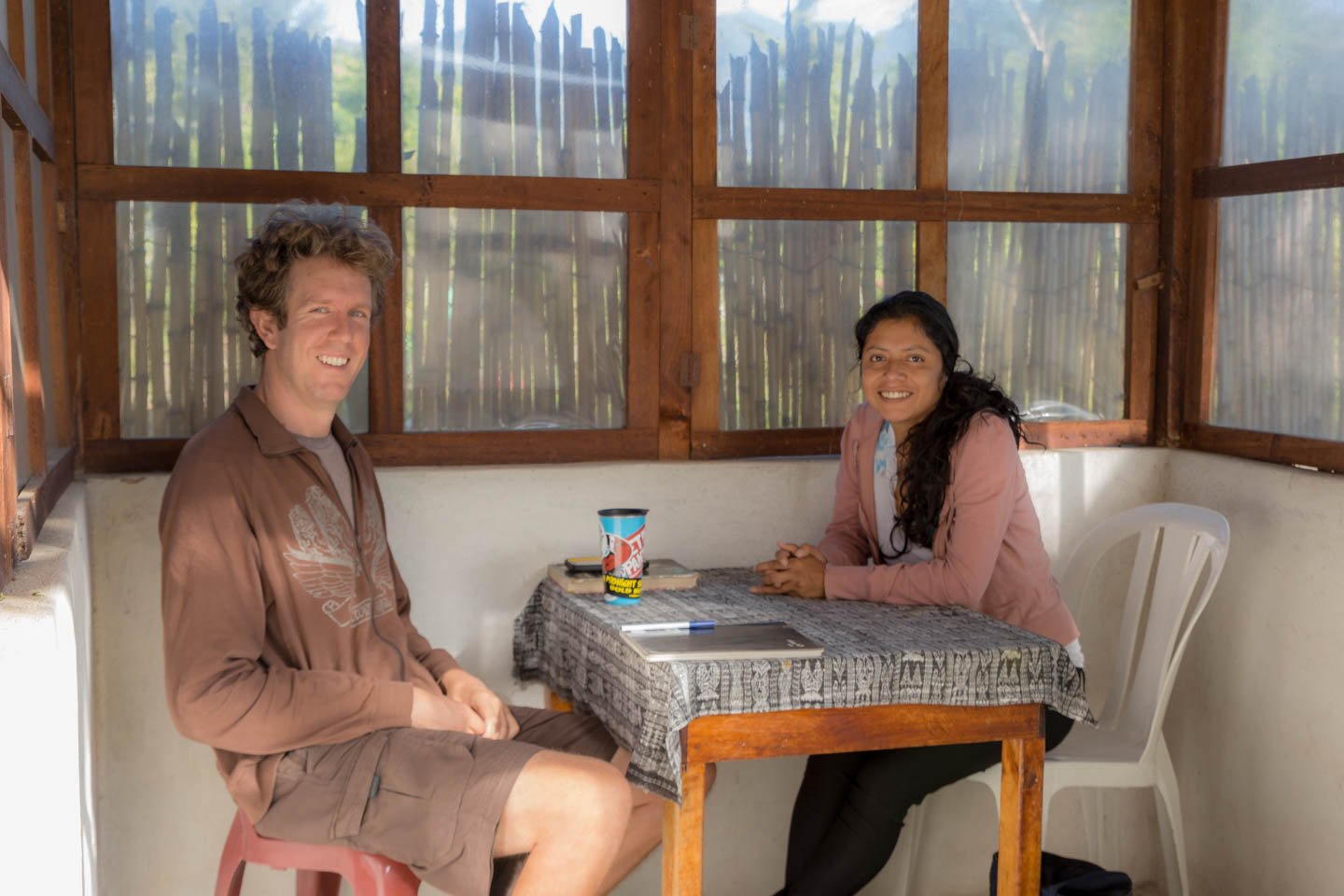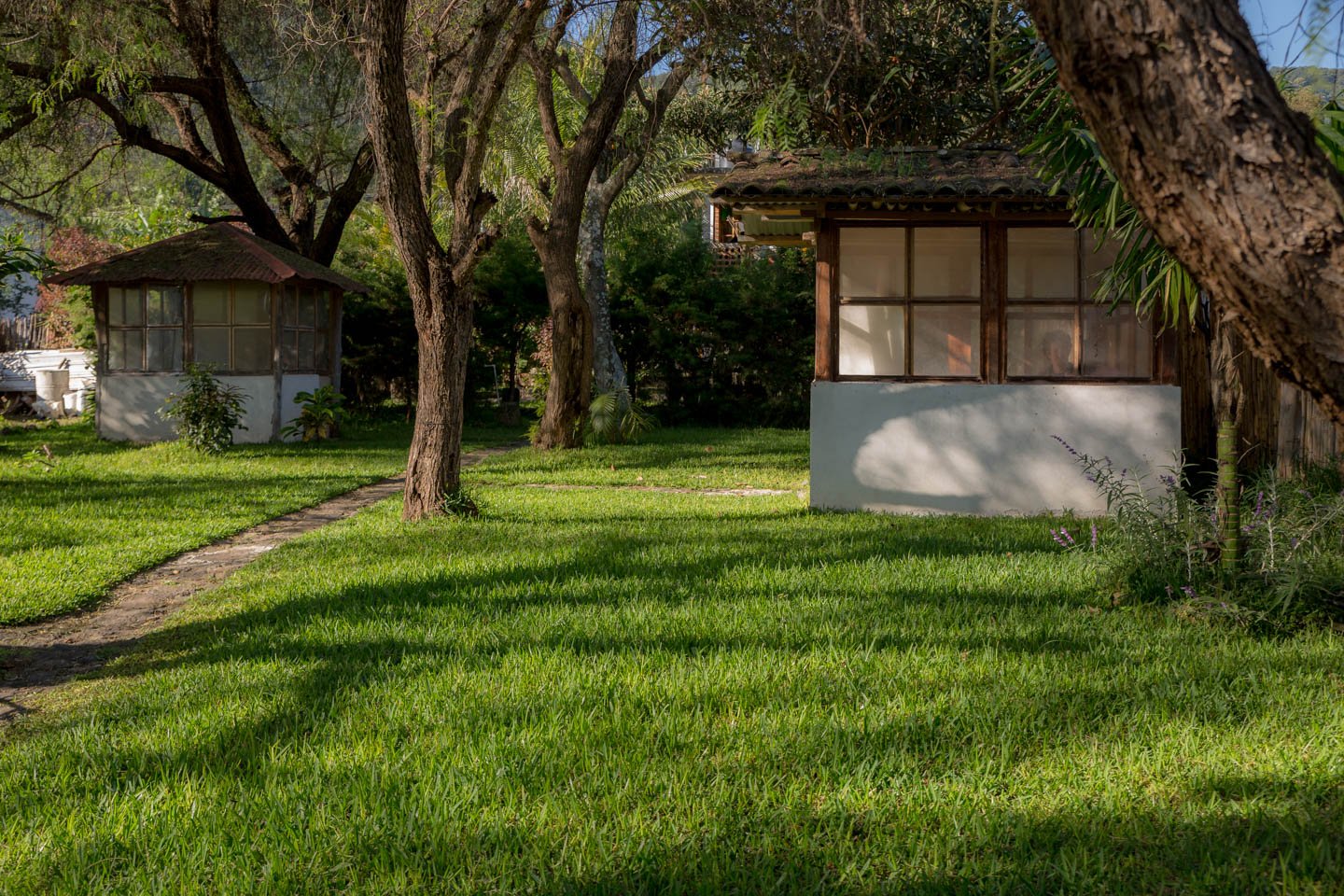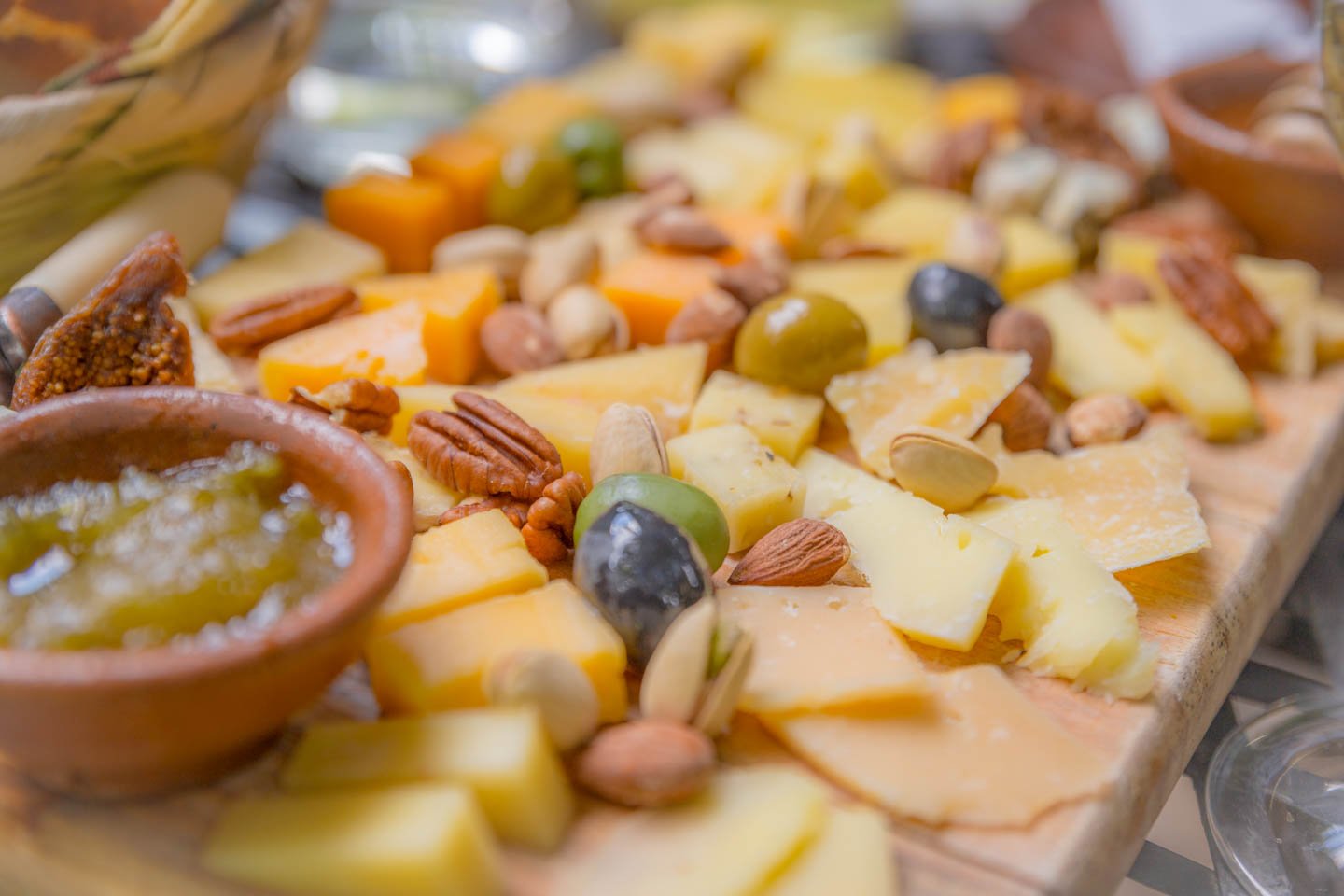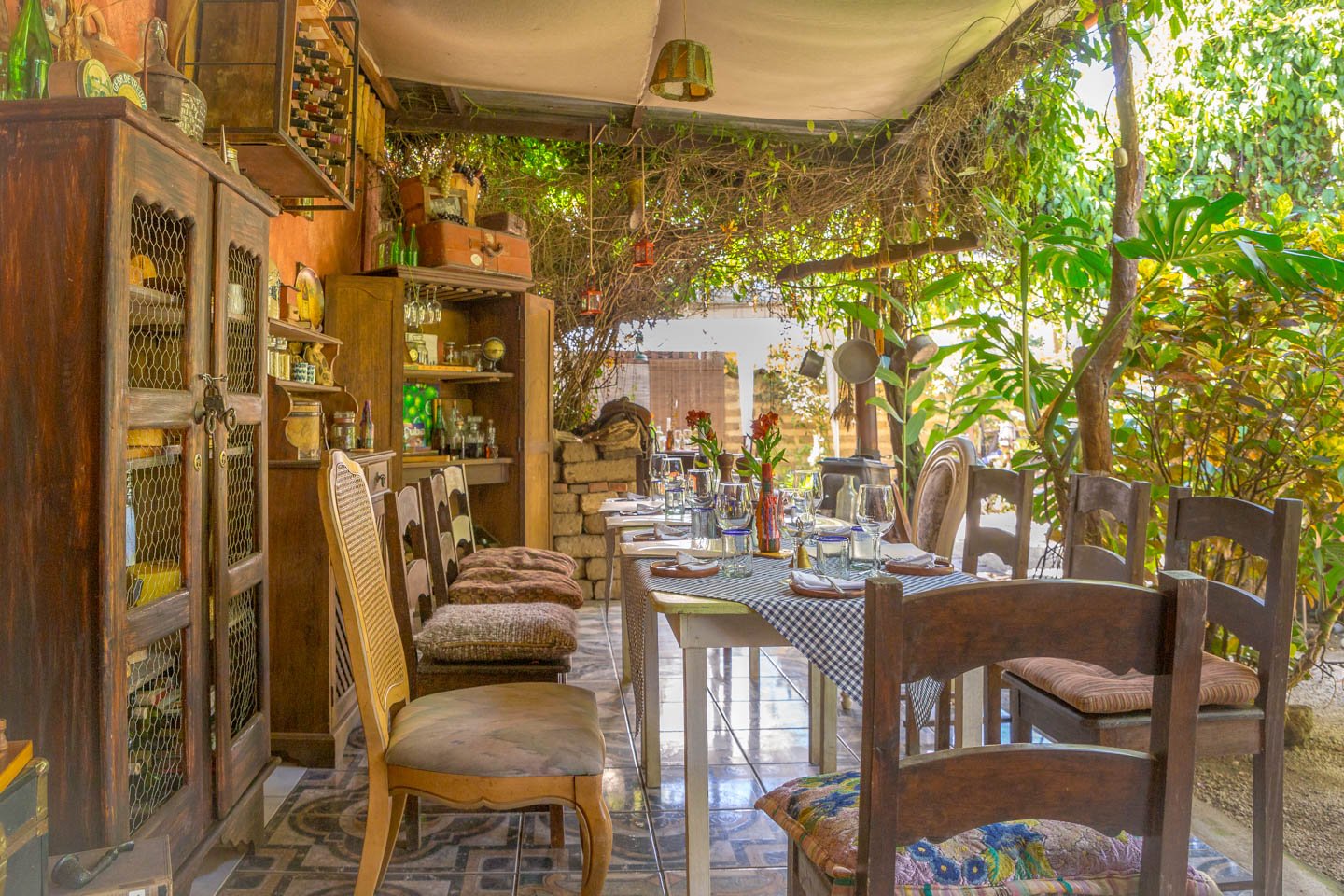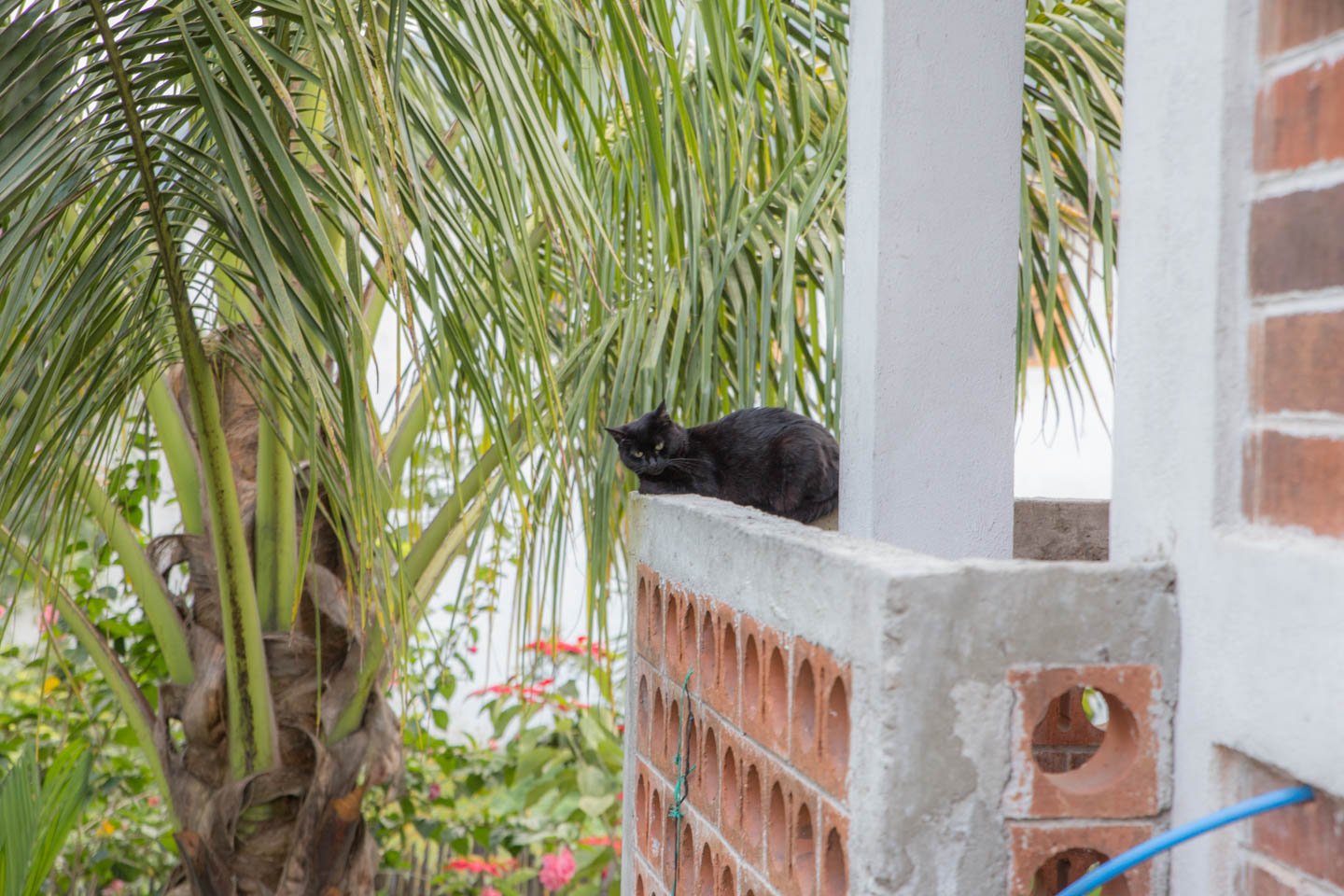¿Hablas Español? Back to the 9 to 5

The town of San Pedro la Laguna sits on the shore of Lago Atitlán. This town is awash with Spanish schools. Much like Starbucks stores in the US or 7 Elevens in Bangkok. You can stand at the doorway of one and see the sign for the next one just down the road. This over-abundance could make selecting a Spanish school either very easy or very difficult.
Luckily, we had chosen ours in advance. We booked ourselves in for some classes at Corazón Maya Spanish school.
We chose Corazón Maya after speaking to several travellers who had studied there and only had good things to say about it. Some of those things were even said in Spanish. It was sounding promising.
The school is located on the edge of town away from the bustling backpacker, cafe, bar and restaurant-filled centre. Perhaps not as convenient to fast broadband, lattes, flaky croissants and “Smokin’ Joes’ Sunday All You Can Eat Barbecue Extravaganza” as some of the schools in town. But all of this remained within walking distance, with the added bonus of fewer tuk-tuks roaring past the front gate day and night.
Win!
The school is a family operated business, with matriarch Marta and her children taking care of most of the day-to-day running of the school. Classes in Spanish are not the only option, also available are lessons in Tz’utujil, the local Mayan dialect. We opted to focus on the more broadly spoken Spanish language. We did learn a small handful of words in Tz’utujil. I’m sure our pronunciation was abysmal.
There are24 different languages spoken in Guatemala. 21 of these are different Mayan dialects, some are similar enough that the speaker of one can understand much said the speaker of another. Others are completely different. San Pedro and other towns around the lake are home to native Tz’utujil speakers. But some of the other towns around the lake speak a different language altogether.
One of the fantastic things about this region is how actively the unique cultures of each area are preserved. Traditional locally made clothing is more common to see on the streets of San Pedro than the cheap imported ‘western’ clothing. The different dialects are spoken every day and taught in schools alongside Spanish. People are fiercely proud of their Mayan heritage. Unlike other places we have visited these traditions aren’t just preserved for special occasions or tourism, they are interwoven into the fabric of every day modern life.
While many Guatemalans learn to speak or understand more than one Mayan language, Spanish is the shared national language. Spanish is spoken by much of the population as a second or third language.
Paradoxically, it is both encouraging and disheartening to hear someone switch so fluidly between Tz’utujil and Spanish while you are still struggling to string together the simplest sentence in Spanish. Encouraging because everyone else around you seems to have mastered two languages successfully, so it seems like it shouldn’t be too difficult. Disheartening because everyone else around you seems to have mastered two languages successfully, so it feels like it shouldn’t be too difficult…
There were some small apartments available to rent on site. We opted for the most lavish apartment which included a small oven, and private bathroom. Luxury!
Oh, it also included a cat.
Apparently her name was M’ix (Rhymes with sheesh!) but for some reason ‘Cute-atron Unstoppable’ stuck.
We opted to have separate, private classes so we could learn Spanish at our own pace. Also because it was going to be the only way for Ben to get a word in edgewise in a new language.
Our classes were in small rooms just a short early-morning stumble from our front door. Which was good news, as the early starts were a bit of a shock to the system.
We soon learnt that the family who ran the convenience store across the road from the school offered home-cooked meals to students for a very reasonable price. Probably didn’t need the apartment with the kitchenette.

Half the family (Rafael and daughter, Maria) zipping back through town on the scooter. No doubt bringing with them the ingredients for delicious chocolate pancakes. Even now I want to drive back and eat some of these for breakfast.
It was settled. Monday to Friday home-cooked meals. Five hours a day of Spanish class. Four hours a day of client work. Plus as much practice as our rusty brains could handle. Sundays was Smokin’ Joe’s all you can eat barbecue. Saturday for exploring.
It was starting to sound an awful lot like… a routine.
After rather a long time of driving around with no real routine at all, we weren’t sure how we’d go with all this repetition. Would we be terribly bored after a week? Would we even be able to handle five hours of class without something short-circuiting in our brains?
We signed up for a couple of weeks to test it out.
It can’t have gone too badly. As this turned in to four weeks. Then eight.
I wouldn’t say we thrived on the routine, it was actually quite tiring to learn a new language for five hours a day, plus another few hours practice outside class, plus a few hours of client work. Especially in our pitiful state, weakened by months of freedom. Unprepared for alarm clocks, schedules and deadlines.
At least we had a friendly cat to keep us company when afternoon naps accidentally happened.
 For Emma, these naps happened a lot.
For Emma, these naps happened a lot.
They happened even more often for Cute-atron Unstoppable.
Sometimes nap time was interrupted.
“Now what you’re going to want to do, is move away from that wall”
For the most part, the routine became familiar.
The same roof dogs barked from above.
We ate many of our meals with the same family.
Except in the weekends when we wanted decent wi-fi, then we’d have breakfast at the same cafe.

It was a mixture of the friendly cat, fast wi-fi and delicious food that kept bringing us back to the same spot.
Or we’d head to the market to buy our own ingredients.
Or perhaps one of the other local restaurants.
This one offered a platter with 27 different types of cheese. Don’t mind if I do…
We’d buy orange juice from the same vendor.
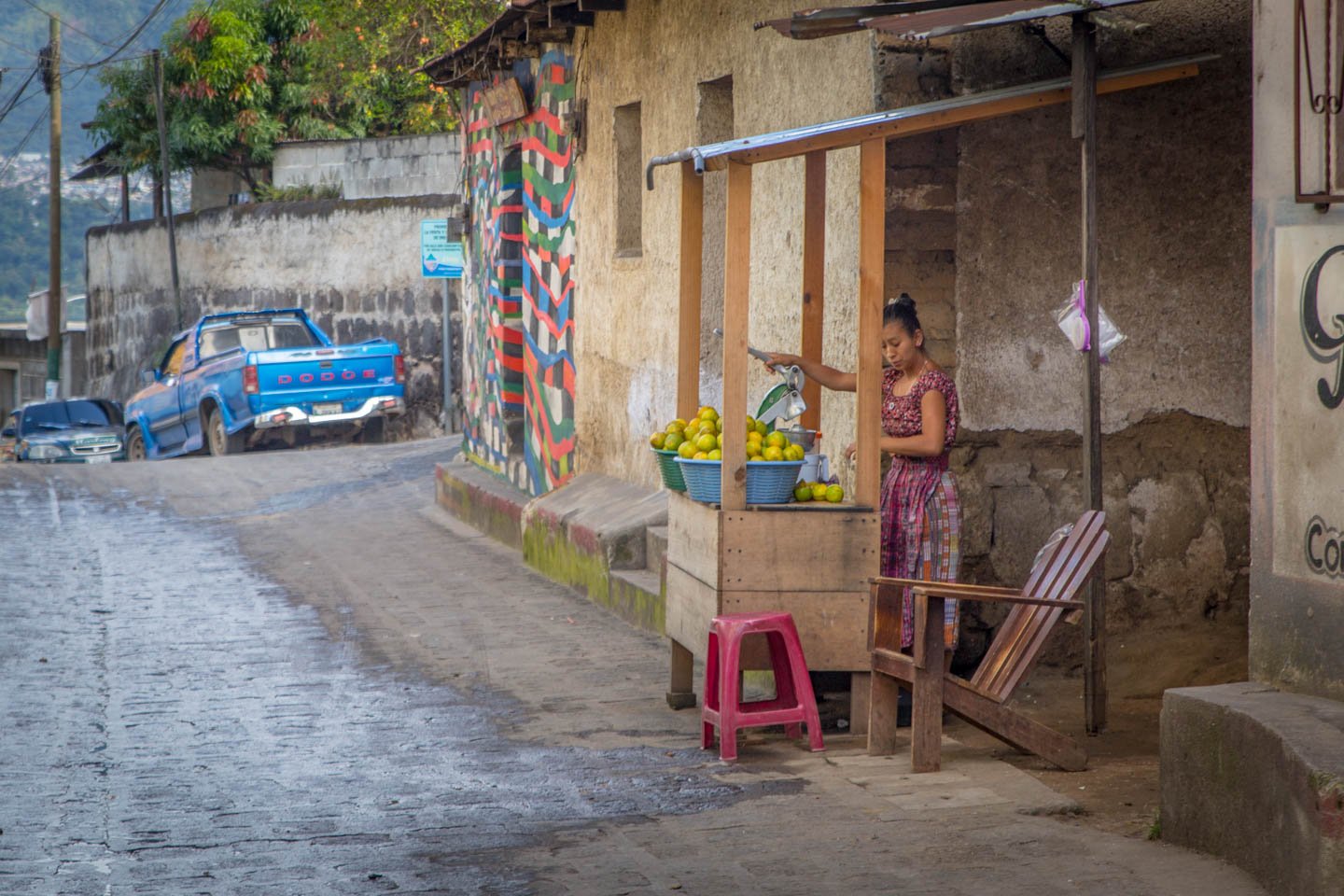
We’d wander around the same streets.
The same cat would be waiting for us when we got back.
Once a week all the teacher’s and students would work together to prepare a meal.
We learnt to hand make tortillas, prepare Guatemalan style tostadas, cheese-stuffed pupusas and different types of tamales. Delicious!
We’d finish the week with some hard-earned beers.
Rinse and repeat.










